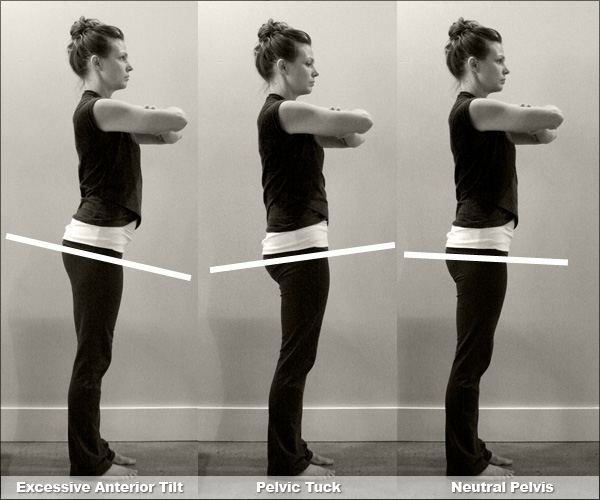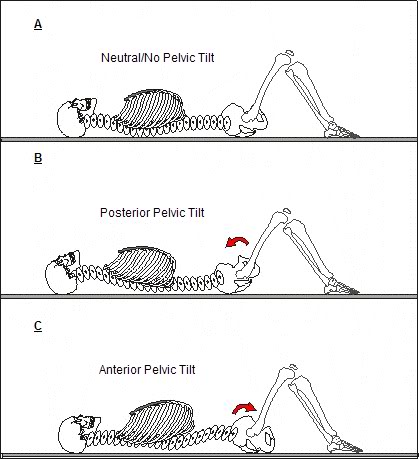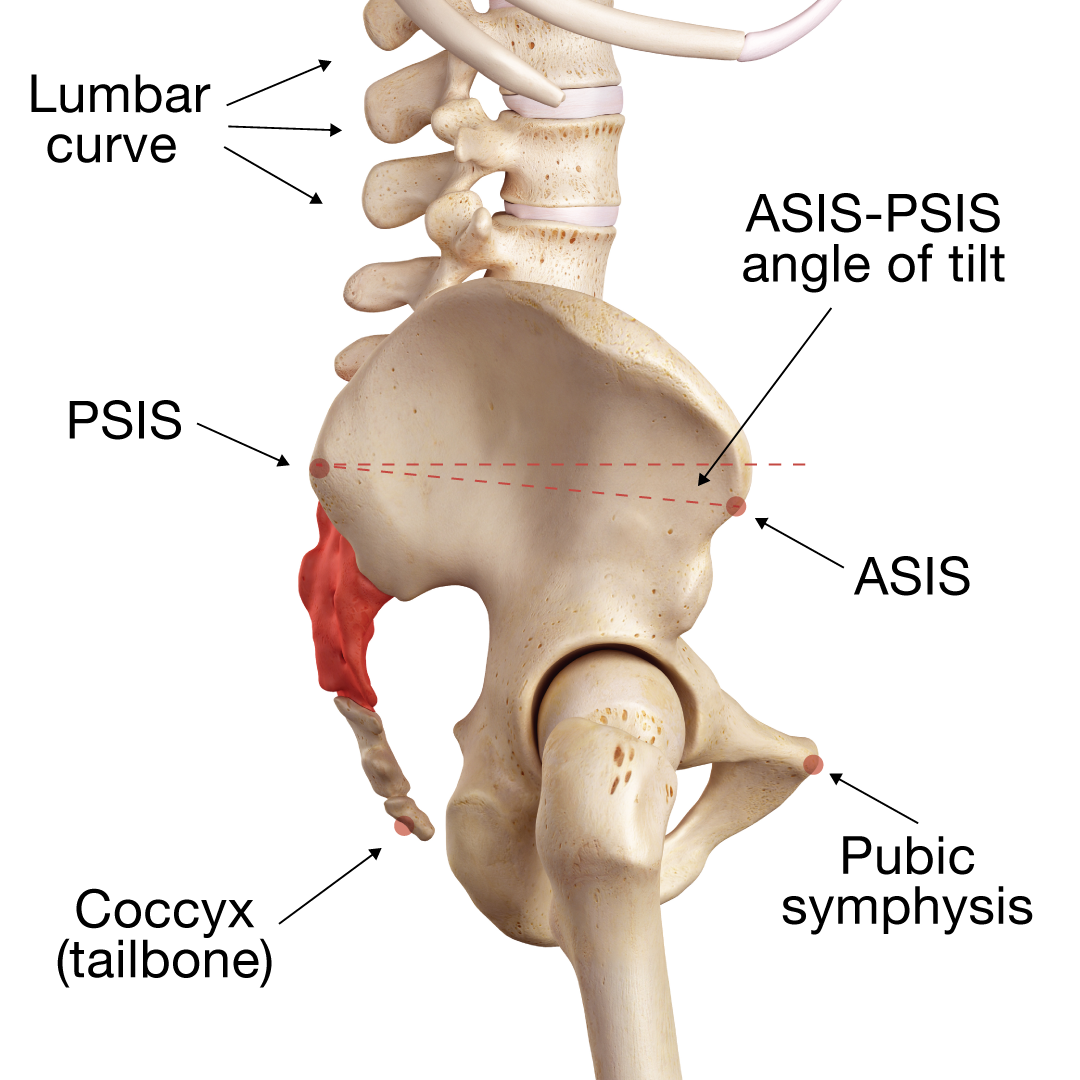Neutral pelvis is important to help protect our lower back, eliminate low back pain and have a healthier spine. I am a Physical Therapist and work with people who have chronic pain. My primary mode of treatment is manual therapy, especially myofascial release. Manual therapy addresses the muscular and structural imbalances in the body that are causing strain and pain. Myofascial release has been proven to be one of the best modalities for correcting muscular and structural alignment because of its ability to address our fascia or connective tissue. However, as fantastic as this technique is to change these imbalances in the body, its ability to hold these changes long term can be temporary if we don’t teach a new movement to support the newly aligned structure. This is why neutral pelvis is so important to understand and apply to your daily activities.
What is neutral pelvis?
Neutral pelvis is the position of the pelvis in which the hip points (anterior superior iliac spine) and pubic bone are in the same plane (vertical in standing, horizontal when lying down) and the right and left hip points are in the same plane.
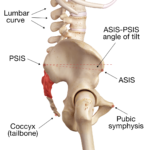
What is neutral pelvis
It’s really important to note that neutral pelvis is not the same for everyone and can be different from one day to the next. Do you ever notice that when you stretch, your flexibility can be different from one day to the next? Finding neutral pelvis depends on the mobility of your lumbar spine, hips and pelvis- which can all vary from day to day depending on your activity level.
Lie on your back and imagine your pelvis being a bowl filled half way with water and then imagine tipping the bowl so the water moves up and down the sides of the bowl. If you tip the bowl forward, arching the back (anterior pelvic tilt), your spine will react increasing the curve in your low back. If you tip the bowl backwards, flattening your back (posterior pelvic tilt), your low back moves closer to the floor. Somewhere in the middle is your sweet spot, where you feel the least strain on the back. This is your neutral position.
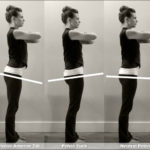
neutral pelvis comparison
You may have heard the term- What fires together wires together. In simple terms, that means that when we are in a compromised posture for a period of time, the nervous system will get used to that position and will continue to fire that way, even when we correct the position unless we reteach the correct movement. The challenge with this is we tend to get used to the compromised movement and our body will consider it “normal”. Here is an example. A person hurts their back and walks with more weight on one side because it’s less painful. The muscles and connective tissue will adapt to that compromised posture, changing the way we do all of our daily activities. Our body now perceives this compromised posture as normal. When we correct the compromised posture, we have to learn the correct movement to support the new positions or the body will return to the compromised posture.
Sitting in slumped positions and standing with weight shifted to one side is pretty “normal” for most of us. However, this takes more energy for the body to maintain. When the body is unable to support that extra energy usage because of other issues in the body, for example, catching a cold or flu or having another illness or injury, we can develop pain from these compromised postures. This is where we have to learn how to develop better body mechanics and postures just to do our normal day to day activities with less pain and strain. Understanding and learning how to keep our spine in a more anatomically correct position with our daily activities as well as our exercise routines is an important part of self care.
Many people will find that it is difficult to move their pelvis without moving the upper trunk, ribs and legs making finding neutral pelvis very difficult. This is where it will be important to work with a manual therapist who is able to help you free up these areas so you can get independent movement. Myofascial release is an excellent technique for freeing up these areas because it addresses the connective tissue which holds, supports and connects our body allowing for freedom of movement. For really good long term correction, myofascial release needs to be paired with exercise that corrects the dysfunction movement pattern.
Benefits of learning neutral pelvis:
A neutral pelvis can help eliminate low back pain. It provides freer breath, more power from the core and is the safest position for the spine. The neutral pelvis position allows for the most space between each vertebra as they are aligned in their natural curves. The natural curves help cushion and protect the spine.
In summary:
Understanding neutral pelvis can help you eliminate low back pain. Back and neck pain is very common place and most people will experience episodes throughout their life. Pain will often be eliminated by the body developing compensations without actually correcting the problem. Over time, these compensations take more and more energy for the body to accomplish and we find ourselves no longer able to eliminate pain patterns that were once easy to change. Neutral pelvis is a position that puts the spine in it’s safest position with the most space between the vertebra cushioning the blood vessels and nerves that travel in these spaces. It is not a fixed position and is different for everyone and even changes from day to day. Learning how to feel and find this position in our body and utilize it with our movements and exercise is a powerful step in preventing and correcting very typical pain patterns.
I have made a short video demonstrating how to find neutral pelvis on the Sedona Physical Therapy website. Use this technique along with manual therapy to help you correct and eliminate pain.
Jody Hendryx, PT

